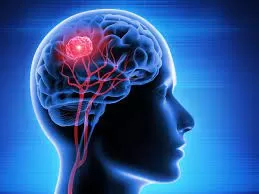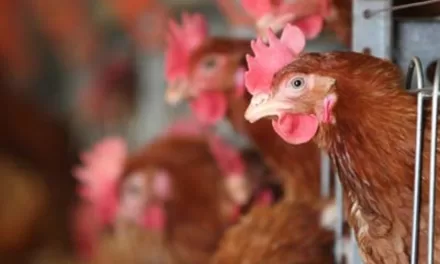In the fast-paced and demanding landscape of today’s world, mental health challenges like stress, anxiety, and depression have become prevalent. Acknowledging the pressing need for holistic well-being solutions, experts have increasingly turned to ancient practices like Pranayama, or Yogic Breathing, to address and alleviate mental health issues.
Pranayama, a practice rooted in ancient wisdom, offers a unique approach to mental well-being by tapping into the power of controlled breathing. This age-old practice allows individuals to forge a deeper connection with their breath, fostering a heightened sense of inner peace and relaxation.
Understanding Pranayama:
Pranayama is a holistic practice that involves various breathing techniques, often coupled with meditation and yoga postures. At its core, Pranayama posits that the breath serves as a bridge connecting the mind and body, harmonizing the two entities. By gaining control over their breath, practitioners can experience profound calmness and balance in their lives.
Mental Health Benefits of Pranayama:
Numerous scientific studies worldwide have substantiated the profound impact of Pranayama on mental health:
- Lowered Stress: Pranayama allows individuals to focus on their breath, effectively alleviating stress and anxiety. This heightened awareness promotes inner calmness, fostering resilience in dealing with life’s challenges.
- Elevated Mood: Recognized for its mood-enhancing properties, Pranayama is instrumental in mitigating symptoms of depression. The practice cultivates an optimistic mindset, replacing negativity with positivity and contributing to overall mental well-being.
- Improved Focus: In a world filled with distractions, Pranayama serves as a valuable tool for enhancing concentration and focus. By training the mind to be present, practitioners can boost efficiency and precision in daily tasks, leading to higher productivity.
- Enhanced Self-awareness: Regular practice of Pranayama aids in the development of heightened self-awareness. This increased self-awareness enables individuals to better understand their thoughts and emotions, fostering personal growth and self-improvement.
Pranayama Techniques for Daily Integration:
- Bhramari: This technique involves producing a humming sound while inhaling and exhaling through the nose, known for stress relief and inducing calmness.
- Nadi Shodhana: Involving rhythmic breathing through alternating nostrils, this technique promotes inner balance and stress reduction.
- Kapalbhati: Characterized by rapid and strong inhales and exhales through the nose, Kapalbhati enhances focus and concentration, ideal for mental clarity and productivity.
Embracing Pranayama as a Beginner:
To initiate the practice of Pranayama, finding a quiet and comfortable space is essential. After settling in, close your eyes, take a few deep breaths to relax, and select a Pranayama exercise that resonates with you. It is crucial to listen to your body and avoid pushing yourself too much.
As we navigate the complexities of modern life, the age-old practice of Pranayama emerges as a beacon of hope, offering a transformative journey towards mental well-being and inner balance.












